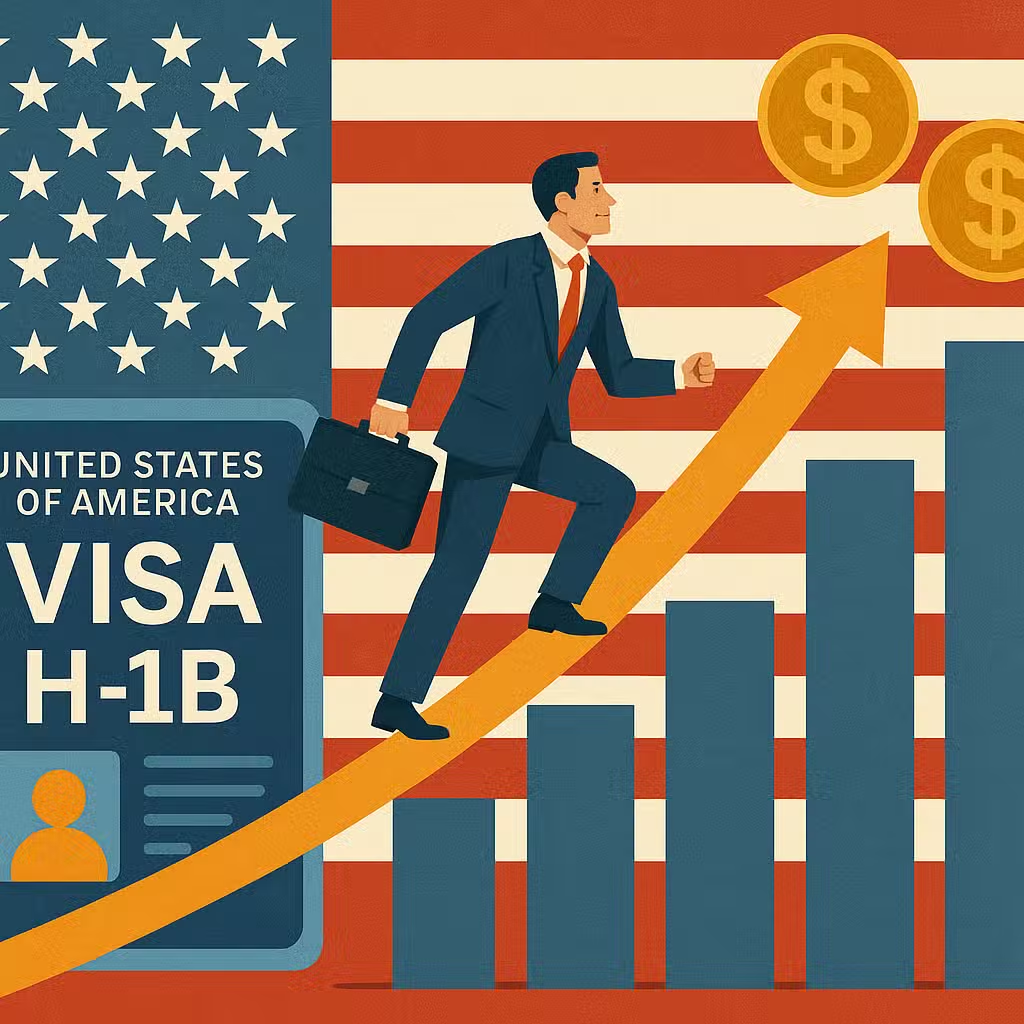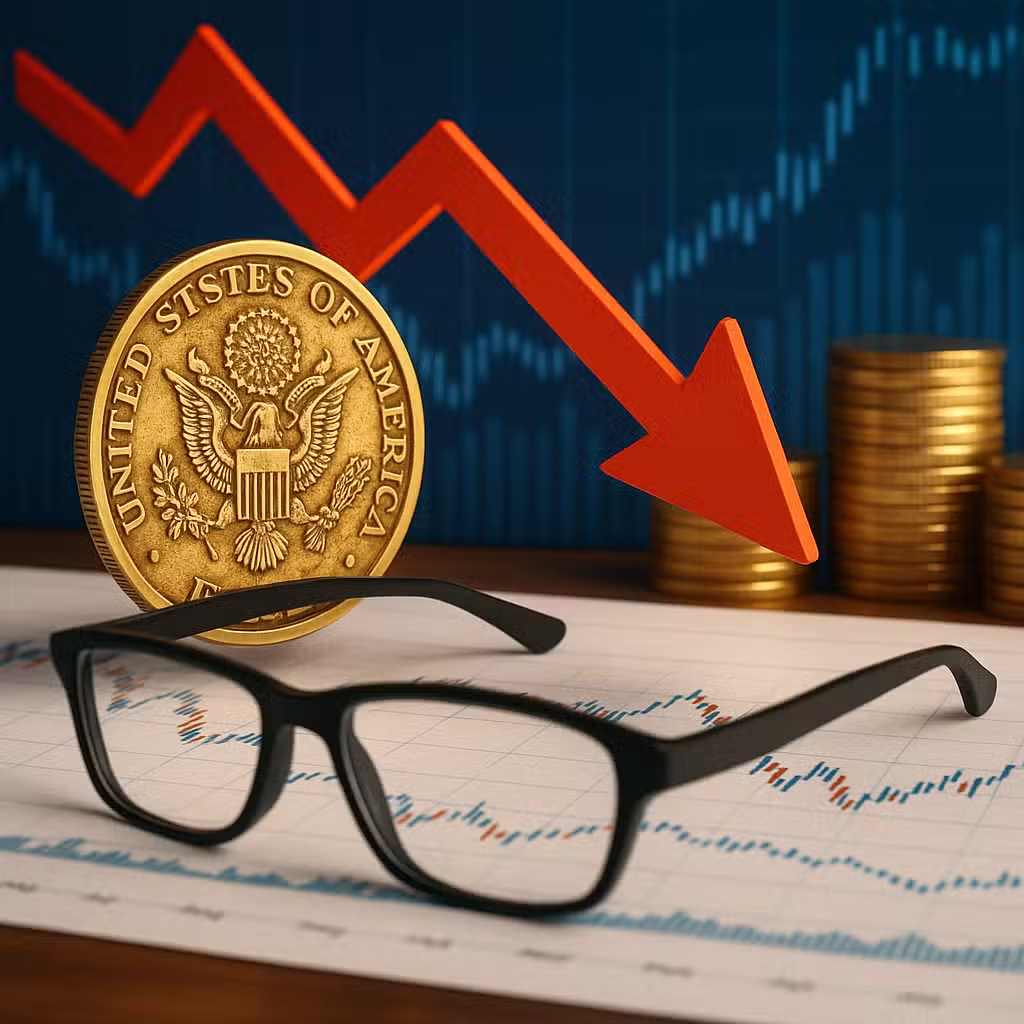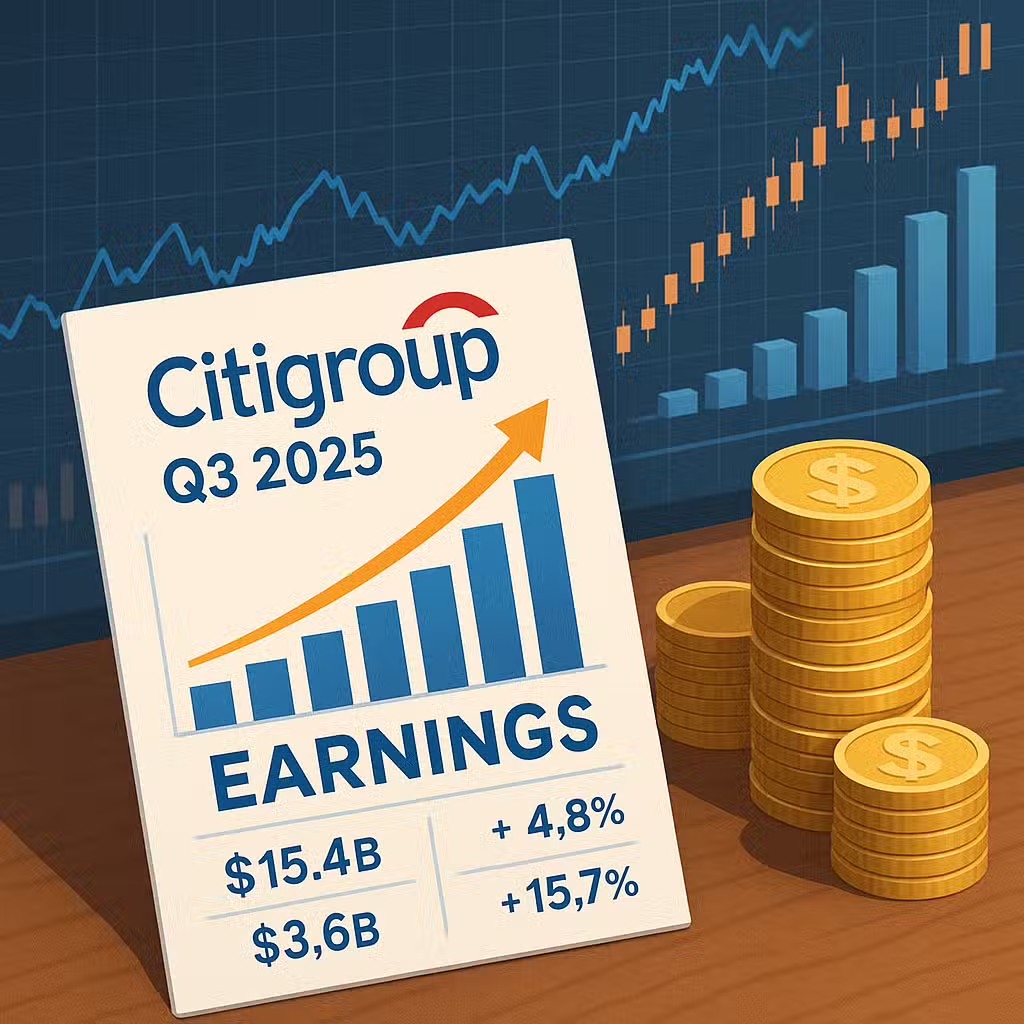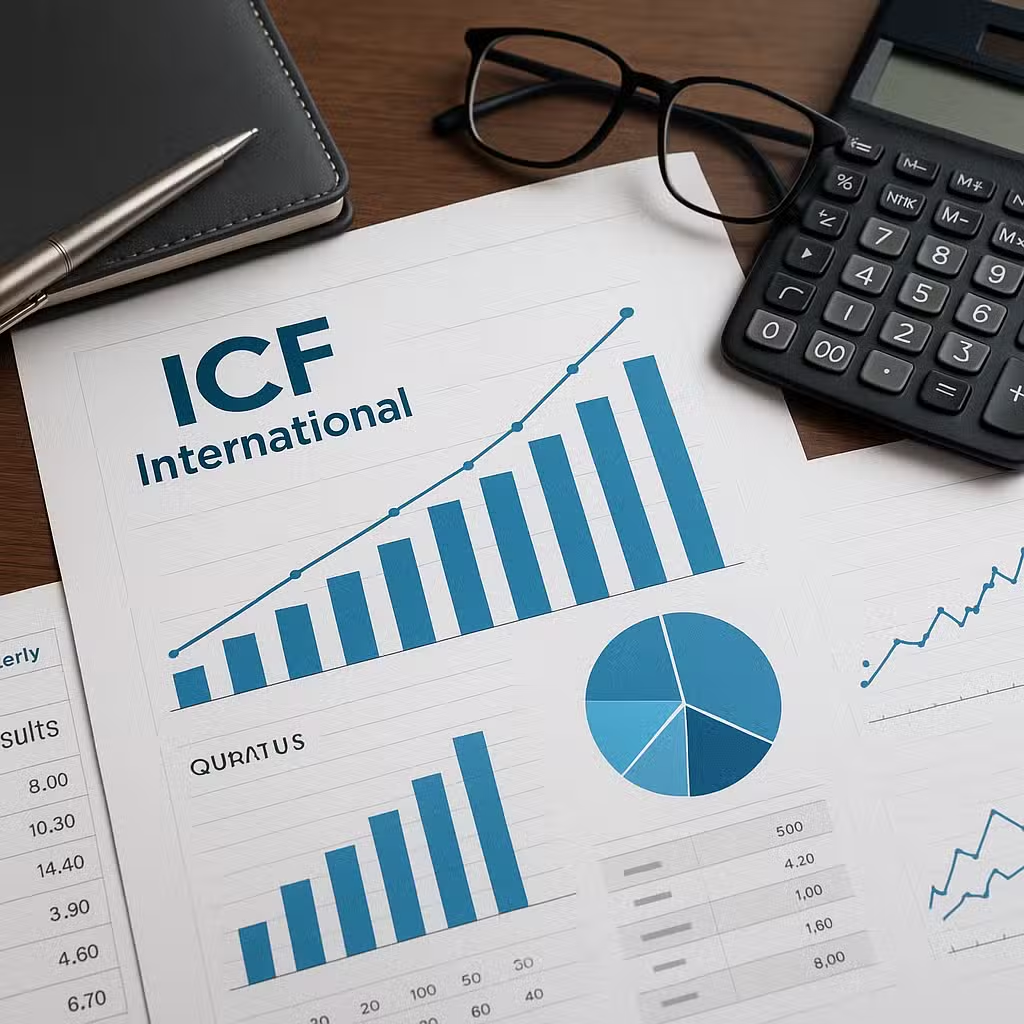Trump’s Proposed $100K H1-B Visa Fee May Impact U.S. Talent Pipeline, Affecting Investor Returns
Imagine you’re planning a big family road trip, everyone packed and ready, but just as you’re about to leave, you find out there’s a huge new toll on the highway—so high, you might have to turn around. That’s what happened to many workers and companies when a surprise $100,000 fee was announced for new H-1B visa petitions. This news matters to investors because it can shake up the tech industry and other sectors that rely on global talent.
What Is the H-1B Visa and Why Does It Matter?
The H-1B visa lets U.S. companies hire skilled workers from other countries for jobs that are hard to fill. Most H-1B holders work in tech, engineering, and science. Big names like Amazon, Google, and Microsoft use this program to find talent from around the world. In 2022, over 440,000 people were approved for H-1B visas or renewals, according to Pew Research.
The sudden $100,000 fee has worried both workers and employers. For investors, it’s important because these changes could affect company costs, hiring plans, and even stock prices—especially in tech.
Bull Case: Protecting U.S. Jobs and Wages
- Supporters say the fee helps protect American jobs by making it harder for companies to hire cheaper workers from overseas.
- Some believe it will push firms to invest more in training U.S. workers, especially in high-demand areas like AI and cybersecurity.
- It could reduce abuse of the system, where a few staffing companies win a large share of visas and pay below-market wages.
- By slowing down offshoring, more jobs may stay in the U.S., which could be good for certain sectors and local economies.
Bear Case: Risk to Innovation and Business Growth
- Critics warn that the fee is a sudden shock that could hurt American companies, especially in tech and engineering, where there aren’t enough skilled workers locally.
- Big tech leaders like Elon Musk and Satya Nadella (both former H-1B holders) argue that bringing in global talent helps the U.S. stay competitive and innovative.
- Studies show that most new H-1B visas go to workers from India and China, filling jobs that might otherwise go unfilled (Pew Research).
- If companies can’t get the talent they need, they might move jobs overseas or slow down hiring, which could impact growth and investor returns.
What the Data Says
H-1B workers are mostly found in computer and engineering jobs, with about half working in professional and technical services. In 2024, over 70% of new H-1B approvals went to Indian professionals, and 10% to Chinese nationals. A study by the Economic Policy Institute found many H-1B workers are paid below market wages, which can push down pay for local workers by up to 34%.
Still, tech leaders say the U.S. faces a real shortage of workers with advanced skills. Apple, Microsoft, and Meta have all called for expanding—not shrinking—the program (Business Insider).
Investor Takeaway
- Watch tech and consulting stocks: Companies that rely heavily on H-1B visas could face higher costs and slower growth; keep an eye on their earnings calls for mentions of hiring challenges.
- Diversify across sectors: Sectors less reliant on international talent, like utilities or consumer staples, may be less affected by visa changes.
- Monitor labor market trends: A tighter visa policy could boost wages for U.S. workers in tech, but also make it harder for companies to fill key roles.
- Follow policy updates: Immigration rules can change quickly—staying informed helps you react before the market does.
- Think long-term: The H-1B debate has been around for decades and will likely keep evolving. Consider how workforce trends could affect innovation and company performance over time.
For the full original report, see Yahoo Finance







